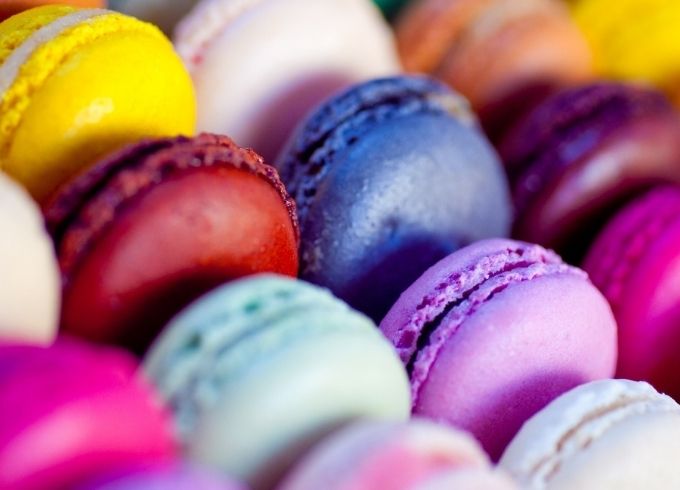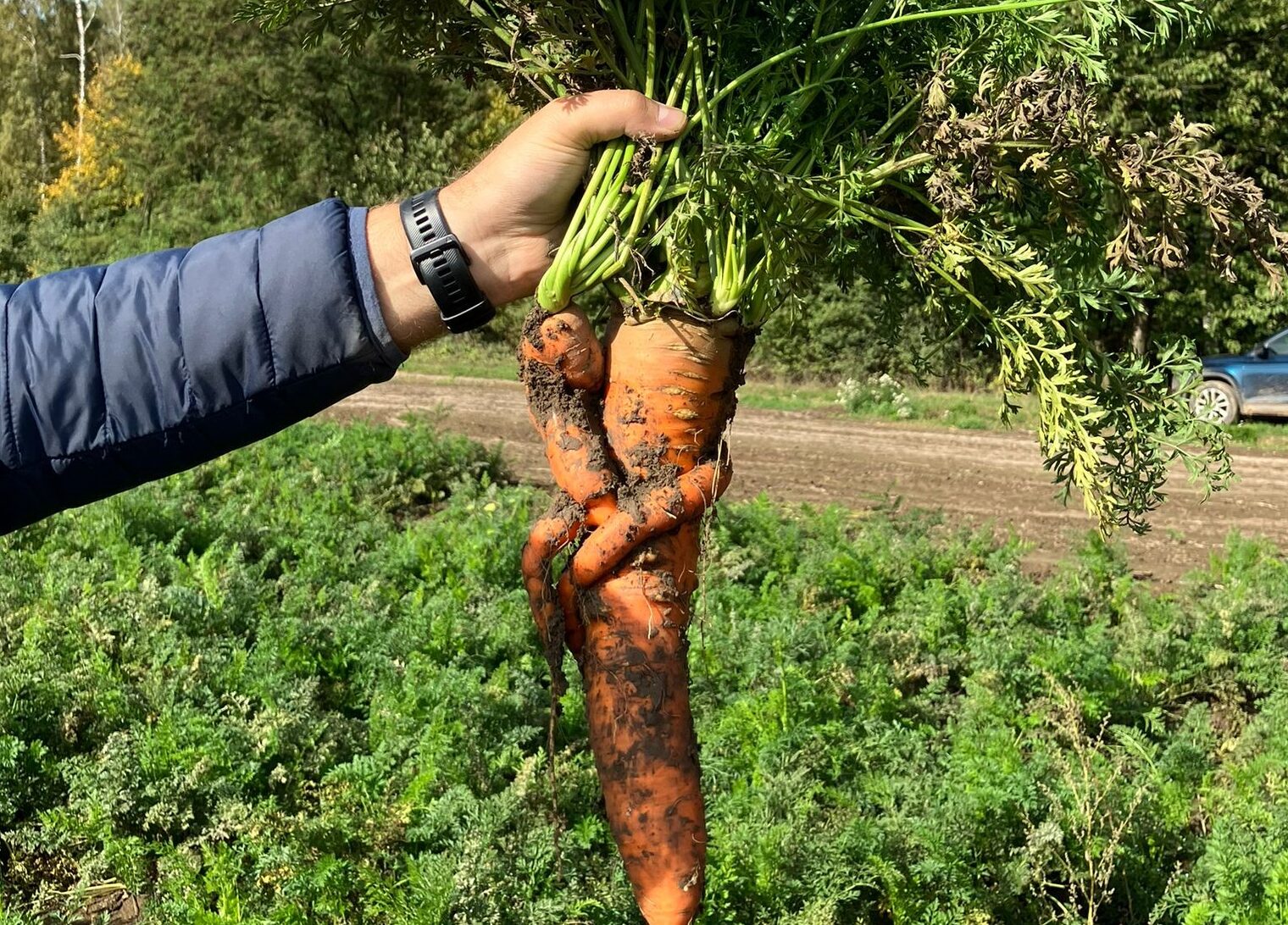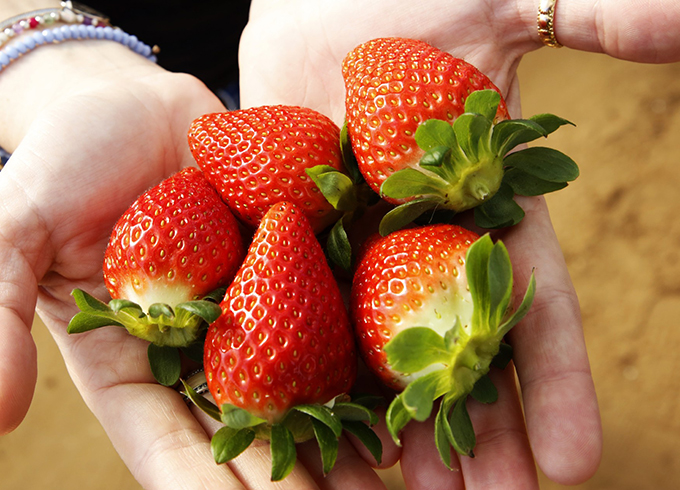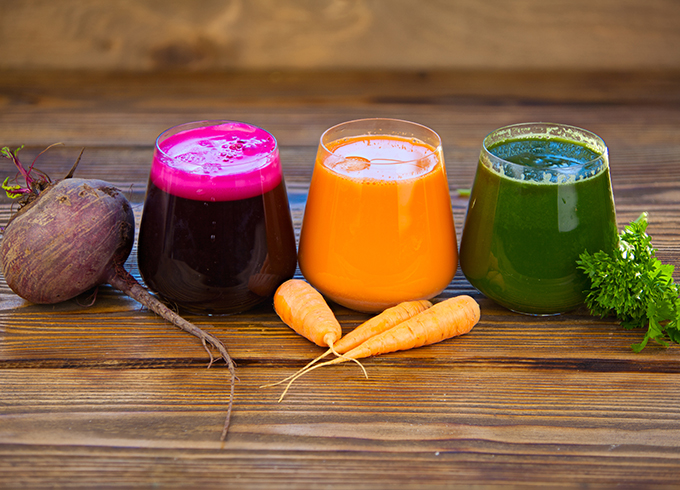BLOG: ‘COLOURING IN’ – HOW FRUIT AND VEGETABLES ARE REPLACING E-NUMBERS

In a world where the visual matters more than ever, brands are realising the importance of utilising bolder, more appealing colours that stand out on the shelf – and social media. Consumers want food and drink experiences that surprise, inspire and engage them, and vibrant colours are one way of achieving this.
At the same time, changing consumer perceptions have led to a preference for colours that come from natural bases. Consumers want bright colours, but they also want authenticity and naturality and so, consequently, brands will need to reconsider their use of unnatural ingredients. With the demand for cleaner labels and natural products now all-encompassing, choosing the right colouring ingredient has never been more important.
Currently, 70%-80% of global food and drink products are launched with either natural colours and/or colouring foods , with that percentage set to increase over time. However, are ‘natural colours’ natural enough?
Consumer perceptions of ‘naturalness’ are continuing to evolve and products that might have once been perceived as ‘natural’ are now being rejected. Manufacturers are moving away from natural colours which – although technically derived from natural sources – are still classified as additives with E-numbers, therefore too artificial for consumers today. For example, copper complexes of chlorophylls which add a green colour to foods.
A solution which ticks all of the boxes for brands is ‘colouring foods’. Obtained from fruits, vegetables and plants, they are free from ambiguity and are a great solution for brands seeking to create products that are sustainable, colourful, and free from nasty chemicals. Sweetbird’s Strawberry and Banana smoothie , for example, contains black carrot extract to boost its colour. Spindrift sparkling water has labelled itself as ‘the first sparkling water made with real squeezed fruit,” so “when you pour Spindrift, you’ll see it’s colourful because real fruit has colour.”
Similarly, Snapple’s Kiwi & Strawberry drink contains vegetable juice concentrate to achieve its pink colour. In savoury applications, colouring foods are also used in abundance – for example, both beetroot and red radish concentrates are being used to mimic the colour of meat in vegetarian alternatives.
With a comprehensive selection of fruit and vegetable ingredients, in a rainbow of different colours, SVZ offers brands natural, clean-label colouring options which appeal to consumers as the parameters around ‘sustainable’ tighten. Get in touch today to discover more about the colouring possibilities of our range.


